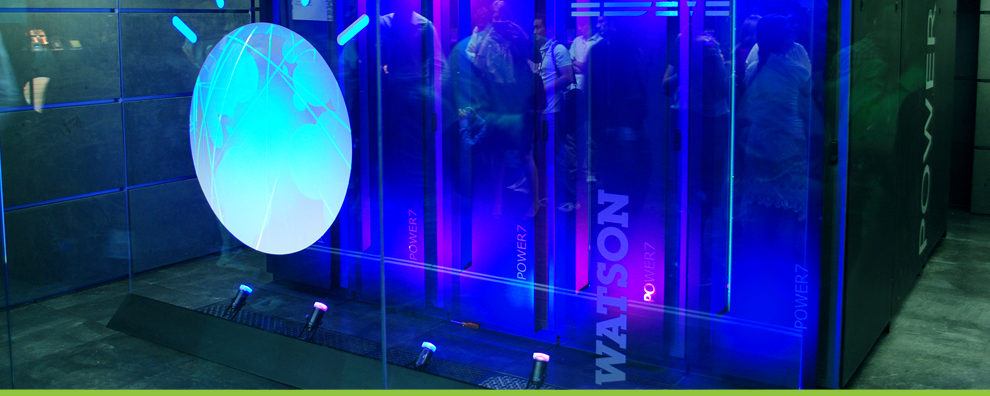No matter where you sit in your organization, you can’t escape the push to use data to inform your next steps and strategy, nor should you. The amount of data available at your fingertips may vary, but I’d bet dollars to donuts that you have enough to help you improve decision-making, both for yourself and your organization.
“But I’m not a trained researcher, or a data scientist, or a….” I hear you begin to clamber.
Luckily, you don’t need letters after your name to be a smart consumer of data and findings. You only need patience and confidence as you thoughtfully consider the information in front of you. Remember that while you may not be a statistical wizard, you do bring your own flavor of insight and expertise to the table.










